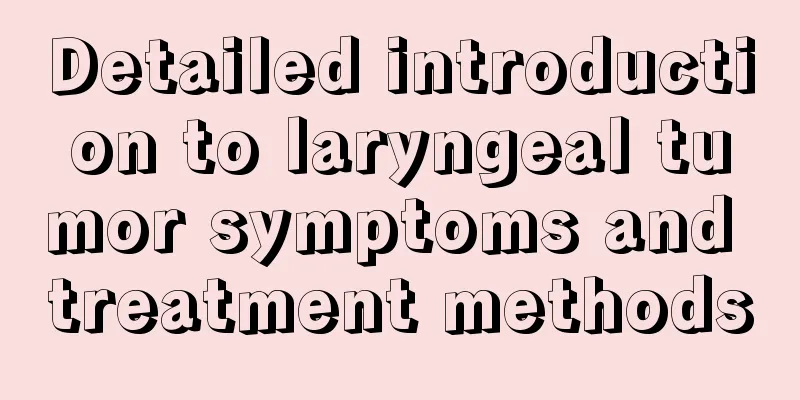What are the advantages and disadvantages of interventional treatment for liver cancer? Detailed description of the advantages and disadvantages of interventional treatment for liver cancer

|
Interventional treatment of liver cancer is a minimally invasive treatment method that creates a tiny channel with a diameter of several millimeters in the blood vessels or skin, or through the body's original channels, and treats the lesion locally under the guidance of imaging equipment (angiography, fluoroscopy, CT, MR, B-ultrasound) without exposing the lesion through surgery. The advantages of interventional treatment for liver cancer are as follows: 1. The efficacy is definite. Successful treatment can show a rapid decrease in AFp, reduction in mass, and relief of pain. 2. Scientific mechanism: The local drug concentration of interventional therapy is dozens of times higher than that of systemic chemotherapy, and the blood supply to the tumor is blocked. Therefore, the two-pronged approach has good efficacy and less toxicity than systemic chemotherapy; 3. Interventional treatment of liver cancer is simple, easy, safe and reliable; 4. The elderly, the weak, and those with certain diseases can also undergo the procedure without general anesthesia and must remain awake; 5. The diagnostic imaging is clear and can be repeated, which is convenient for multiple comparisons; 6. For some liver cancers, the size can be reduced and then resected in two steps; 7. It can be used as one of the important means of comprehensive treatment of advanced tumors; 8. The cost of interventional treatment for liver cancer is relatively low. The disadvantages of treatment are as follows: 1. The side effects of interventional therapy for liver cancer are not satisfactory for patients with large cancer masses. 2. Despite super-selective entry, there are still obvious side effects, with the digestive tract reacting the most, causing discomfort to the human body. 3. The side effects of interventional therapy for liver cancer make it difficult for patients to undergo further treatment. 4. Patients with portal vein cancer thrombus should consider removing the cancer thrombus as appropriate. 5. The operation for liver cancer patients goes smoothly. However, due to high-pressure injection and other reasons, it may cause accidental thrombosis, shunting and inevitable micro-metastasis. |
Recommend
What diseases can be detected by biochemical examination
With the continuous improvement of daily living s...
Four diagnostic methods for early prostate cancer
Prostate cancer is a common cancer among men. Do ...
How is liver cancer caused? Five causes of liver cancer that you should know
Everyone knows that mixing drinks makes you drunk...
What are the symptoms before death in the late stage of bile duct cancer? Here are some points to note
Patients with advanced cholangiocarcinoma may exp...
It doesn’t matter if you can’t cook, I’ll teach you 10 tricks to “cheat” food
But you don’t know how to cook fish-flavored pork...
Only those who meet the ten criteria are considered healthy
In modern society, many people are in a state of ...
How to treat mid-stage nasopharyngeal carcinoma and what is the diet for prognosis
Compared with late stage, mid-stage nasopharyngea...
What is obsessive-compulsive disorder?
This is a world that attaches great importance to...
How long can you live after surgery for advanced liver cancer?
Since the survival time of some patients with adv...
Very practical, 40 kinds of wonderful uses of beer that you don't know about
Most of the starch in beer raw materials can be c...
What are the symptoms of nasal sinusitis
Nasal sinusitis is the name of a disease in Tradi...
What are the treatments for panic attacks?
Many people have experienced panic symptoms. This...
Diet and maintenance for rectal cancer
The treatment process of rectal cancer is long an...
How to quit smoking effectively
I believe many people know how harmful smoking is...
Agarose gel can actually be used like this
Agar powder and agarose are both a kind of colloi...









